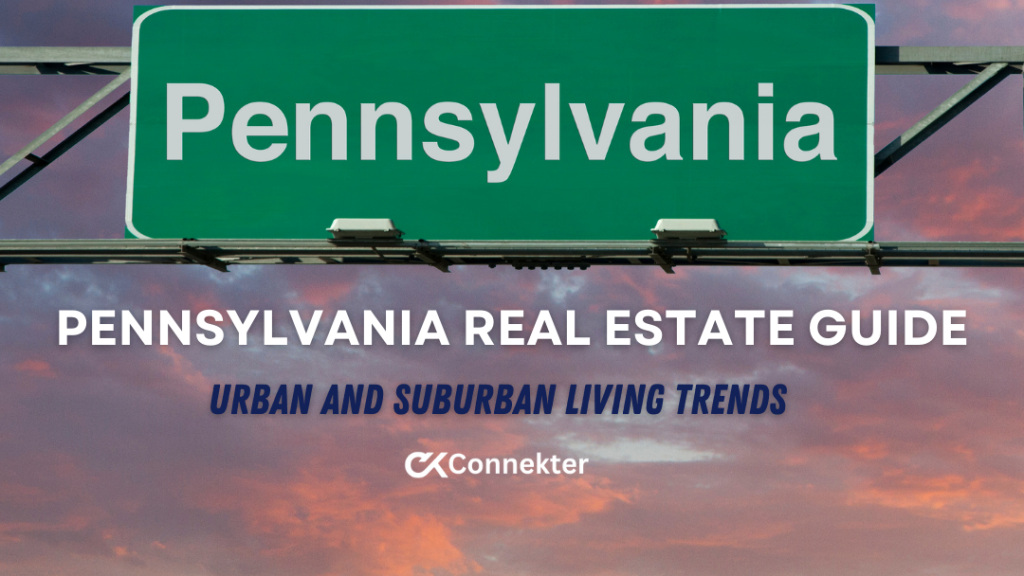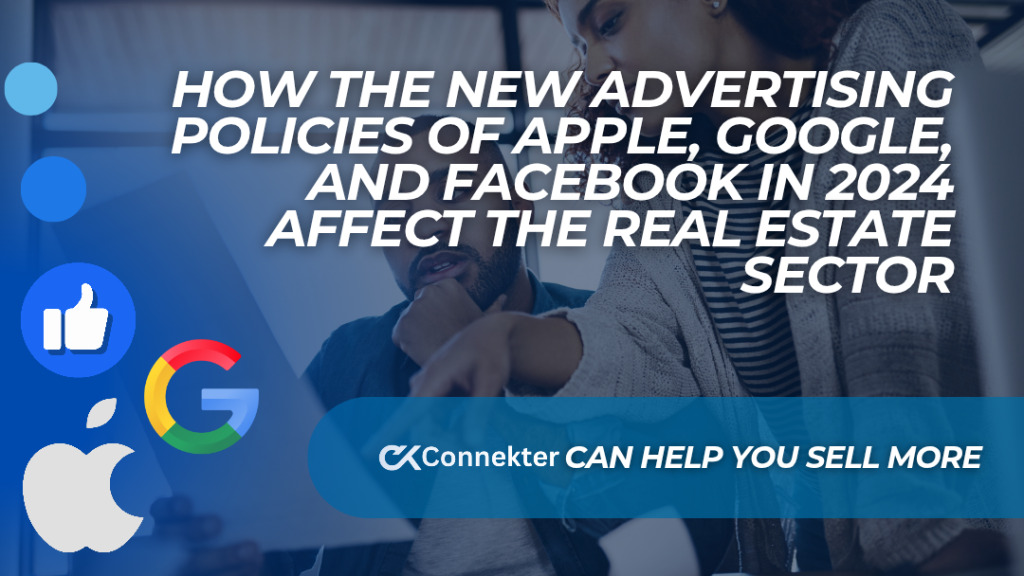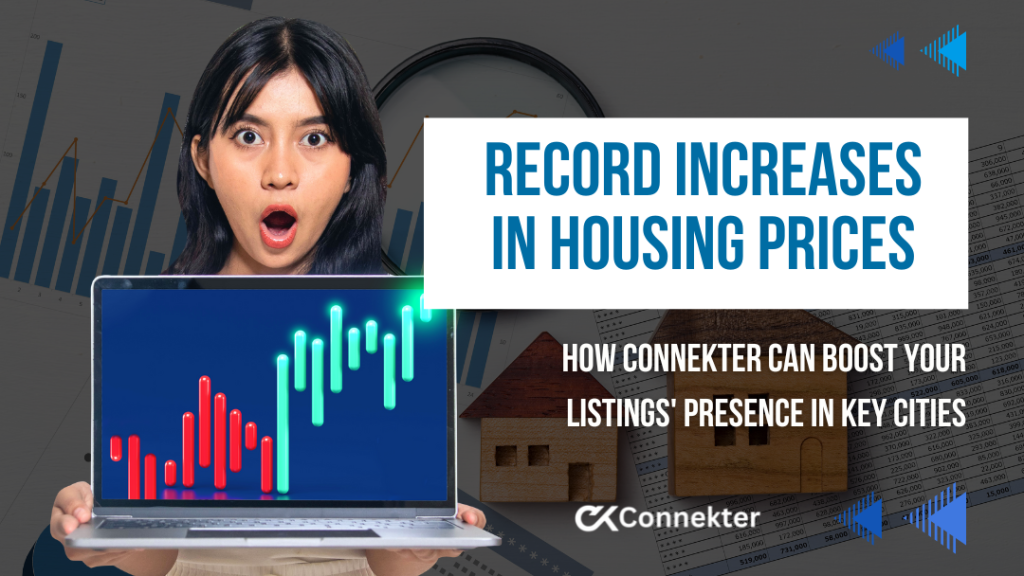
Real Estate: Discover Key Trends in Pennsylvania Real Estate and Boost Your Business with Connekter
About Real Estate… One year ago, I made a bold decision to move to Pennsylvania. At the time, I didn’t know much about the state beyond its rich history, cultural significance, and reputation for being a place where tradition meets innovation. As a realtor with experience in other parts of the U.S., I was eager to explore new opportunities and immerse myself in the dynamics of a market I’d only read about. What I discovered has been nothing short of fascinating.
Pennsylvania’s real estate market is as diverse as its people and landscapes. From the bustling urban hubs of Philadelphia and Pittsburgh to the serene, family-friendly suburbs and charming small towns. The state offers something for everyone. Over the past year, I’ve witnessed firsthand the trends shaping this market—rising demand for suburban homes, the challenges of low inventory, and buyers’ shifting priorities in a post-pandemic world.
In this article, I’ll share a comprehensive look at Pennsylvania’s real estate trends, break down the market city by city, and explain how tools like Connekter, a cutting-edge lead generation platform, can empower realtors, buyers, and sellers to navigate this evolving landscape with confidence.
Key Trends Shaping Pennsylvania’s Real Estate Market
1. Urban Growth Meets Suburban Demand
Pennsylvania’s real estate market is experiencing a fascinating dichotomy. While cities like Philadelphia and Pittsburgh remain hubs of economic activity and cultural vibrancy, the suburbs have seen a surge in demand, reshaping the way buyers think about location and lifestyle.
- Urban hubs: Philadelphia and Pittsburgh continue to attract young professionals and families who value proximity to job opportunities, public transportation, and vibrant cultural scenes. These cities offer diverse housing options, from historic rowhouses and luxury condos to modern apartments. Philadelphia, for example, boasts a strong real estate market where properties sell quickly and often above asking price, highlighting the high level of competition.
- The suburban renaissance: Suburban communities near these cities, such as Bethel Park and Monroeville outside Pittsburgh or Montgomery and Chester counties near Philadelphia, have become increasingly attractive. The rise of remote work has driven buyers to prioritize space, privacy, and access to nature without losing the convenience of nearby urban amenities. Suburban homes often offer larger yards, home offices, and family-friendly neighborhoods, making them a top choice for today’s buyers.
This trend highlights a significant shift in how people perceive the “ideal home.” While cities remain desirable for their energy and convenience, the suburbs have carved out a new identity as places where buyers can enjoy the best of both worlds.
2. Low Inventory and Rising Prices
One of the biggest challenges facing Pennsylvania’s real estate market is the lack of available inventory. This issue isn’t unique to the state—it’s a nationwide trend—but it’s particularly pronounced in high-demand areas.
- What’s driving low inventory? A combination of factors, including a slower pace of new construction, high demand from buyers, and homeowners choosing to stay put rather than sell, has created a tight market. In suburbs like the Main Line near Philadelphia, the shortage of homes has been especially noticeable, pushing prices higher and intensifying competition among buyers.
- The impact on prices: Over the past eight years, home values in Pennsylvania have risen by an impressive 67%. In some areas, properties are selling within days, often after bidding wars that drive prices well above asking. For sellers, this is an ideal time to list their homes, but for buyers, it means being prepared to move quickly and make competitive offers.
This dynamic market creates opportunities for savvy realtors who can help clients navigate the challenges of buying in a high-demand environment or selling to maximize returns.
3. Changing Buyer Preferences
The pandemic fundamentally reshaped the way people think about their homes. As a result, buyers’ priorities have shifted in ways that continue to influence the market today.
- Space and functionality: With remote work becoming a permanent reality for many, buyers are placing a premium on homes that offer dedicated office spaces, open layouts, and larger outdoor areas.
- Eco-conscious living: There’s also a growing demand for homes with sustainable features. Buyers are increasingly willing to invest in properties with solar panels, energy-efficient appliances, and smart home technology that reduces environmental impact.
- Suburban appeal: These preferences have tilted the scales in favor of suburban homes, where it’s easier to find properties that meet these criteria. In contrast, urban homes often lack the space and outdoor amenities that have become so desirable.
For agents and sellers, understanding these trends is crucial to marketing properties effectively and meeting buyers where they are.
4. Interest Rates and Affordability Challenges
The rise in mortgage rates over the past year has presented new challenges for buyers, especially those entering the market for the first time. Higher rates have reduced affordability, forcing many buyers to adjust their budgets or consider smaller homes.
However, there’s reason for optimism. Experts predict that interest rates will begin to decline by 2025, which could make homeownership more attainable for a wider range of buyers. This anticipated shift may also bring more balance to the market, creating opportunities for buyers and sellers alike.
5. Demographic Shifts and Migration Patterns
Pennsylvania’s real estate market is heavily influenced by the movement of people within and into the state.
- Urban appeal: Cities like Philadelphia are drawing younger professionals who want to be close to job opportunities and cultural attractions. This influx of younger buyers is driving demand for smaller, centrally located homes, as well as apartments and condos.
- Suburban migration: Families and older buyers, on the other hand, are flocking to the suburbs in search of quieter lifestyles, better schools, and more space. Communities like Bethlehem and Lancaster have seen increased interest from buyers seeking affordability and charm.
By understanding these demographic patterns, realtors can better position themselves to meet the needs of different buyer groups.
City-by-City Market Analysis
Philadelphia

Philadelphia’s real estate market is a microcosm of the state as a whole: diverse, competitive, and constantly evolving.
- Median home value: $237,774, reflecting a 6.9% year-over-year increase.
- Properties sell quickly, with a median time of just 16 days on the market.
- More than 30% of homes sell above the listing price, a testament to strong buyer demand.
Pittsburgh

Pittsburgh stands out as one of the most affordable cities in Pennsylvania, making it a top choice for first-time buyers and investors.
- Average home price: $169,000, significantly below the national average.
- A growing tech sector and high quality of life continue to attract new residents.
Lancaster

While Lancaster offers plenty of charm, it also faces significant challenges in terms of affordable housing.
- Nearly 38% of households are cost-burdened, meaning they spend a large portion of their income on housing.
- To address this, over 1,500 new units are currently under development.
Bethlehem

Located in the Lehigh Valley, Bethlehem is grappling with rising prices and limited inventory.
- The city is implementing strategies to expand access to affordable housing, recognizing the need for balance between growth and inclusivity.
Real Estate: How Connekter Can Help You Succeed
Navigating Pennsylvania’s dynamic real estate market requires the right tools and strategies. That’s where Connektercomes in. As a lead generation platform designed specifically for real estate professionals, Connekter makes it easier to connect with clients and close deals in a competitive environment.
What Makes Connekter Unique?
- High-Quality Leads: Connekter uses advanced algorithms to identify clients who are serious about buying or selling, saving you time and energy.
- Tailored Campaigns: Its customizable marketing tools allow you to create targeted campaigns that resonate with your audience, whether you’re focusing on urban buyers or suburban families.
- Real-Time Insights: Stay ahead of market trends with up-to-date data and analytics that help you make informed decisions.
- End-to-End Support: From lead generation to closing, Connekter streamlines every step of the process.
Conclusion
After a year of working in Pennsylvania’s real estate market, I’ve seen just how dynamic and exciting this industry can be. Whether you’re navigating the competitive urban markets of Philadelphia and Pittsburgh or exploring the suburban boom. Opportunities abound for those who are prepared. With the right knowledge, strategy, and tools like Connekter, you can thrive in this ever-changing landscape.
For me, moving to Pennsylvania wasn’t just about starting fresh—it was about finding my place in a vibrant, evolving market. Now, I’m passionate about helping others find their dream homes and achieve their real estate goals. With Connekter by your side, the future of Pennsylvania real estate is yours to conquer.
Extra Resources:
- Real Estate: Using CRM in Marketing Campaigns with Connekter. Learn more…
- Future Trends in Lead Management Automation: Connekter Features. Read more…
- Lead Generation Best Practices to Boost Sales with Connekter. Read more…
- How I Boosted My Real Estate Business with Connekter. Read more…
- Leveraging Connekter Local US Events Strategy. Learn more here…
- Integrating Cold Calling with Lead Generation Using Connekter. Learn more…

